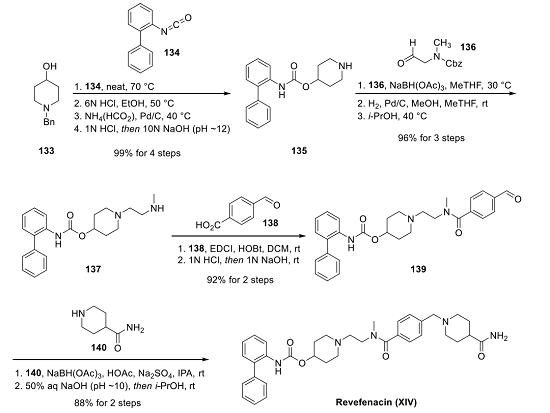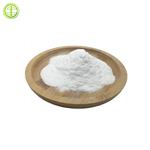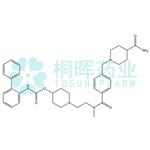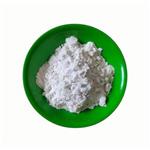Revefenacin is a synthetic anticholinergic that is prescribed for the treatment of chronic obstructive pulmonary disease (COPD).
Revefenacin is used to treat chronic obstructive pulmonary disease (COPD), a long-term (chronic) lung disease that includes chronic bronchitis, emphysema, or both. It is an anticholinergic drug that helps the muscles around the airways in the lungs stay relaxed to prevent symptoms such as wheezing, coughing, chest tightness, and shortness of breath.
Revefenacin is an FDA-approved anticholinergic drug, a new tertiary amine biphenylcarbamate agent that also belongs to the long-acting muscarinic antagonist (LABA) family. It has the effect of relaxing the muscles around the airways of the lungs to make breathing easier. The structurally unstable tertiary amide produces a "soft drug" site, allowing rapid systemic clearance and minimising systemically mediated adverse effects. It can be used to treat symptoms such as wheezing, shortness of breath, cough and chest tightness in patients with chronic obstructive pulmonary disease (COPD: a group of diseases affecting the lungs and airways, including chronic bronchitis and emphysema).
Common adverse reactions in clinical trials (1%-10%) were headache, nasopharyngitis, upper respiratory tract infection, back pain, bronchitis, dizziness, and hypertension.
After heating reaction between compound 133 and isocyanates 134, intermediate 135 was obtained after acidification treatment, debenzylation protection and pH alkalinity adjustment, intermediate 137 was obtained by reductive ammonification reaction with 136, de--cbz protection, and then amide product 139 was obtained by condensation reaction, and then prodrug molecule Revefenacin was obtained by reductive ammonification reaction with 140.





